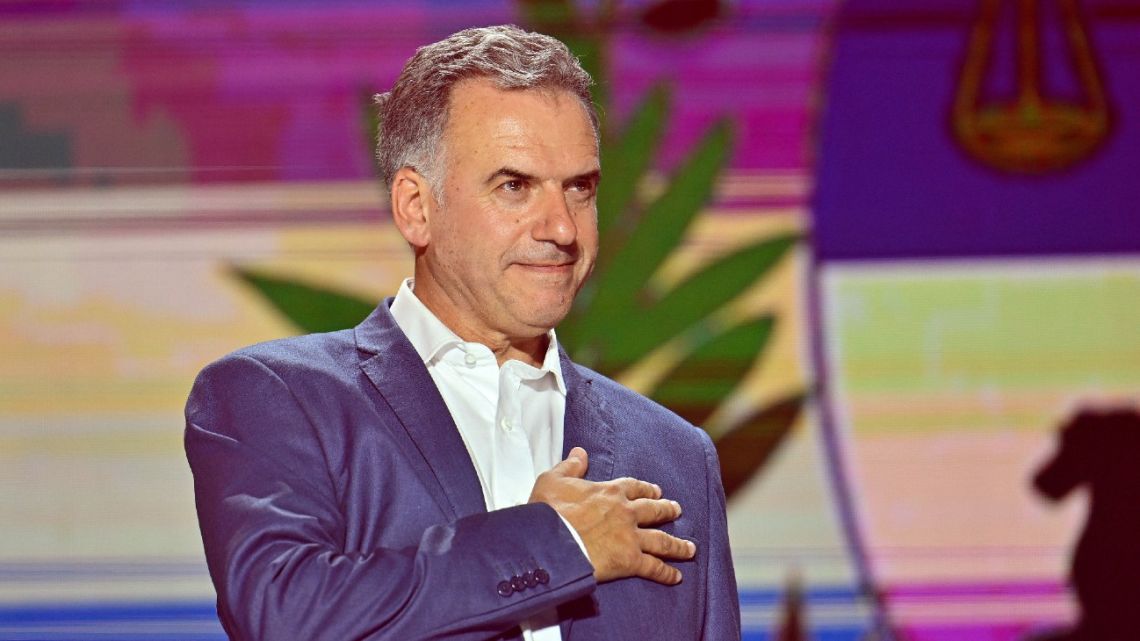Brazil’s banking sector faced a pivotal moment in the third quarter of 2024, as major players grappled with economic headwinds and shifting market dynamics.
This period revealed which institutions were able to adapt and thrive, and which struggled to maintain their footing. Itaú Unibanco emerged as the clear frontrunner, posting a robust net profit of R$10.675 billion ($1.87 billion).
This marks an 18.1% year-over-year increase. The bank’s impressive 22.7% return on equity (ROE) showcased its ability to generate substantial returns even in challenging conditions.
Bradesco showed signs of recovery under new leadership, with profits rising 10.8% to R$5.225 billion ($917 million). However, its 12.4% ROE indicated there’s still work to be done to match its competitors’ efficiency.
Santander Brasil surprised analysts with a significant 34.3% jump in net profit to R$3.664 billion ($643 million). This performance, coupled with an improved 17% ROE, suggested the bank has successfully navigated recent setbacks.
 Brazilian Banking Giants: Q3 2024 Reveals Winners and Challenges Ahead. (Photo Internet reproduction)
Brazilian Banking Giants: Q3 2024 Reveals Winners and Challenges Ahead. (Photo Internet reproduction)Banco do Brasil reported modest growth, with an 8.3% increase in net profit to R$9.515 billion ($1.67 billion). However, concerns over its exposure to the agribusiness sector cast a shadow over its otherwise stable 21.1% ROE.
Navigating Challenges
Digital disruptor Nubank continued its rapid ascent, posting an 82.6% year-over-year increase in net profit to $553.4 million. Its impressive 30% ROE demonstrated the potential of fintech models, though signs of slowing growth emerged.
The combined profit of the five major banks, including Caixa Econômica Federal, reached R$32.324 billion ($5.67 billion) for Q3 2024, a 13.8% increase from 2023. However, this growth masks underlying challenges facing the sector.
Brazil’s central bank‘s decision to raise the Selic rate to 11.25% in November 2024 created a complex operating environment. While this move aims to combat inflation, it’s likely to impact credit growth and potentially increase default rates in the coming quarters.
As 2025 approaches, Brazilian banks face a delicate balancing act. They must navigate rising interest rates, manage credit risk in a potentially slowing economy, and adapt to an increasingly digital landscape.
Their ability to innovate, optimize costs, and maintain asset quality will be crucial for sustaining profitability and market position.
This period serves as a litmus test for the resilience and adaptability of Brazil’s banking sector. Investors and analysts will closely monitor how these institutions navigate the challenges ahead.
In short, their performance will likely have broader implications for the country’s economic stability and growth prospects.

 By The Rio Times | Created at 2024-11-18 10:09:08 | Updated at 2024-11-25 14:00:00
1 week ago
By The Rio Times | Created at 2024-11-18 10:09:08 | Updated at 2024-11-25 14:00:00
1 week ago








